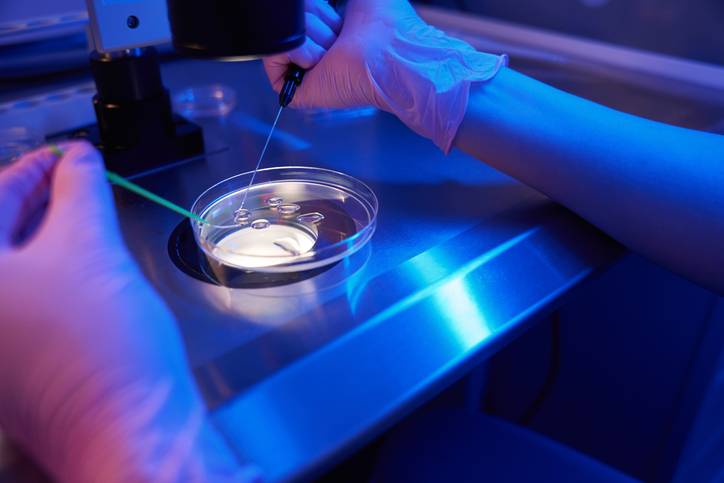Modifying crops to grow longer roots deeper into the soil would allow plants to naturally sequester more carbon dioxide in soil, Douglas Kell, a scientist at the UK’s University of Manchester reports in the September issue of Annals of Botany.
Two-Meter Threshold
Noting that plants currently absorb atmospheric carbon dioxide and store the greenhouse gas underground through their root systems, Kell calculated the amount of additional carbon dioxide that would be stored by plants with longer root systems.
Kell found plants with root systems reaching two meters underground are much more effective at storing carbon dioxide in soil than those with root systems confined to the top meter of soil, which is the case for most crops. Breeding crops with roots a meter deeper could double the amount of carbon captured from the environment, Kell discovered. Kell calculated this could be a significant weapon in the fight against climate change.
“This doubling of root biomass from a nominal 1m to a nominal 2m is really the key issue, together with the longevity of the roots and carbon they secrete and sequester below-ground,” said Kell in a University of Manchester press statement.
Better Drought Tolerance
Kell found plants with deeper root systems are also more drought-tolerant.
“In addition to the simple carbon sequestration that this breeding could imply—possibly double that of common annual grain crops—such plants seem to mobilize and retain nutrients and water very effectively over extended periods, thus providing resistance to drought, flooding, and other challenges,” said Kell.
“While there is a way to go before such crops might have, for example, the grain yields of present-day cereals, their breeding and deployment seems a very promising avenue for sustainable agriculture,” Kell explained.
Dilemma for Activists
Although humans have employed selective breeding practices for millennia, advances in recent years have allowed scientists to isolate specific genes in some plants and splice them into others. Some environmental activist groups oppose such genetic engineering, but these also tend to be among the most vocal proponents of action to reduce atmospheric carbon dioxide concentrations. Kell’s study will force the activist groups to decide whether their global warming concerns trump their opposition to genetic engineering.
“Neither global warming alarmism nor opposition to genetic crop enhancements is supported by sound science,” said Jay Lehr, science director for The Heartland Institute, which publishes Environment & Climate News. “If environmental activists are motivated by genuine concern over the earth’s climate rather than ulterior motives, they will have no reason to oppose genetic engineering of crops to absorb and sequester more carbon dioxide.
“If environmental activist groups continue their blanket opposition to genetic engineering, even when such modifications have the potential to significantly reduce atmospheric carbon dioxide concentrations, this will provide strong evidence the activists are not as concerned about global warming as they claim,” Lehr explained.
James M. Taylor ([email protected]) is managing editor of Environment & Climate News.
Internet Info:
“Breeding crop plants with deep roots: their role in sustainable carbon, nutrient and water sequestration,” by Douglas Kell, Annals of Botany: http://aob.oxfordjournals.org/content/early/2011/08/03/aob.mcr175.full



